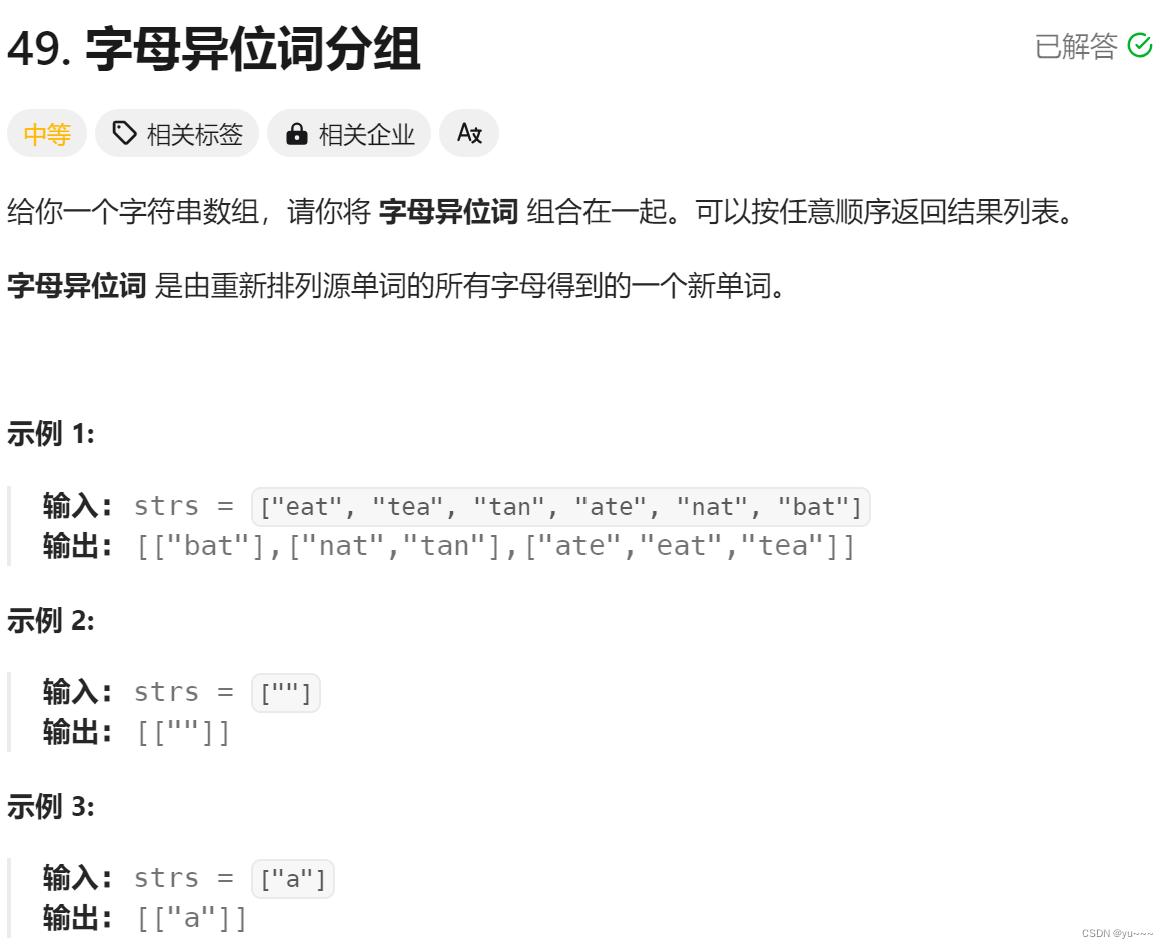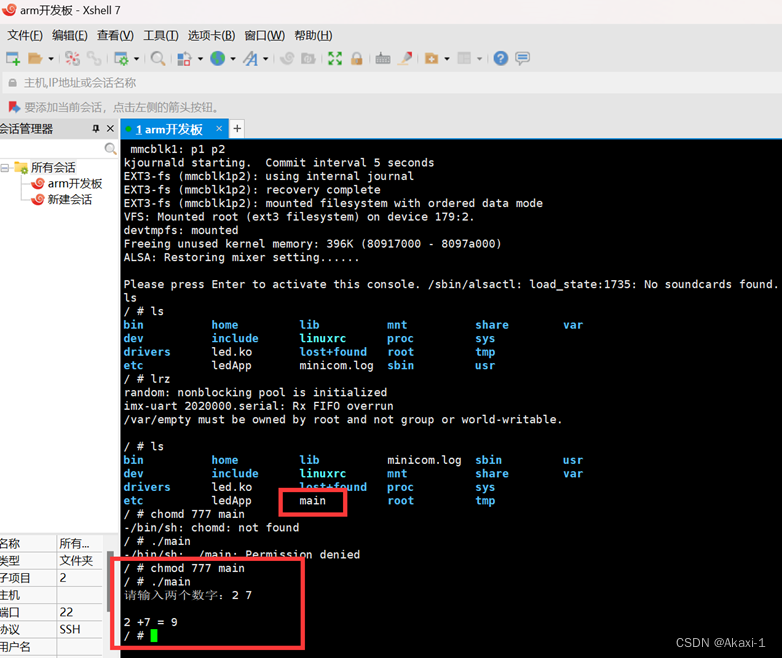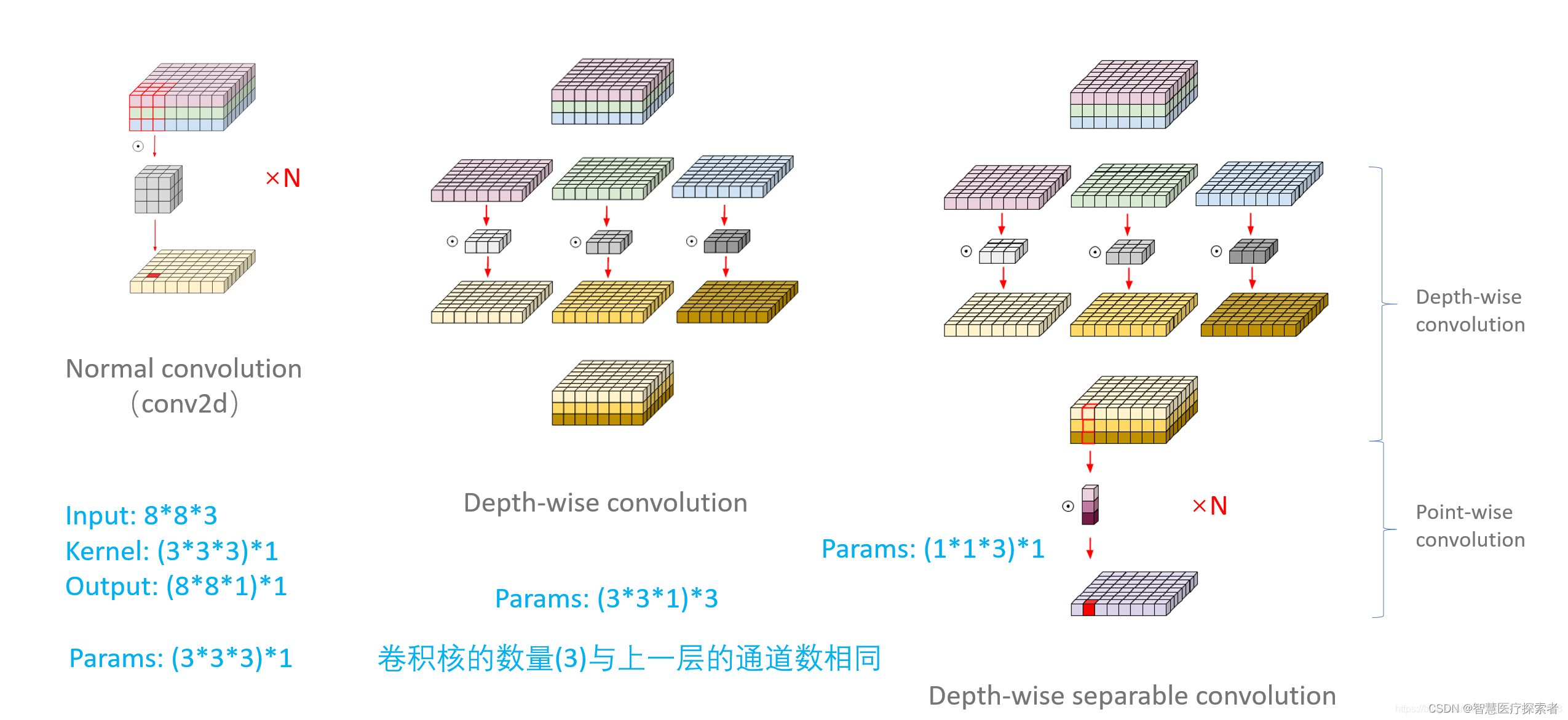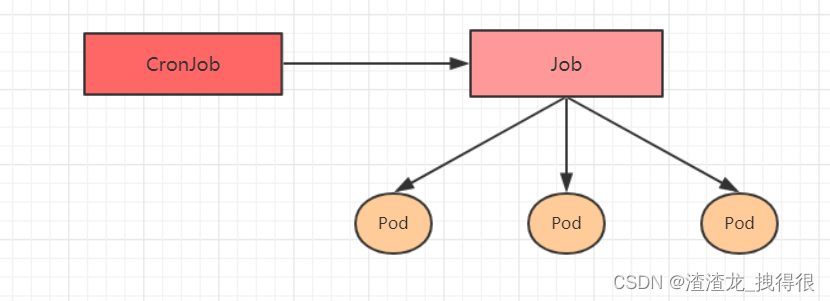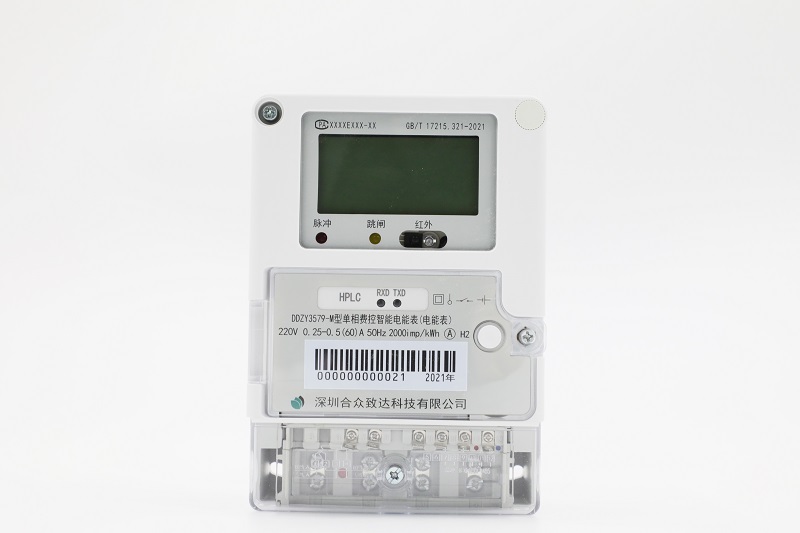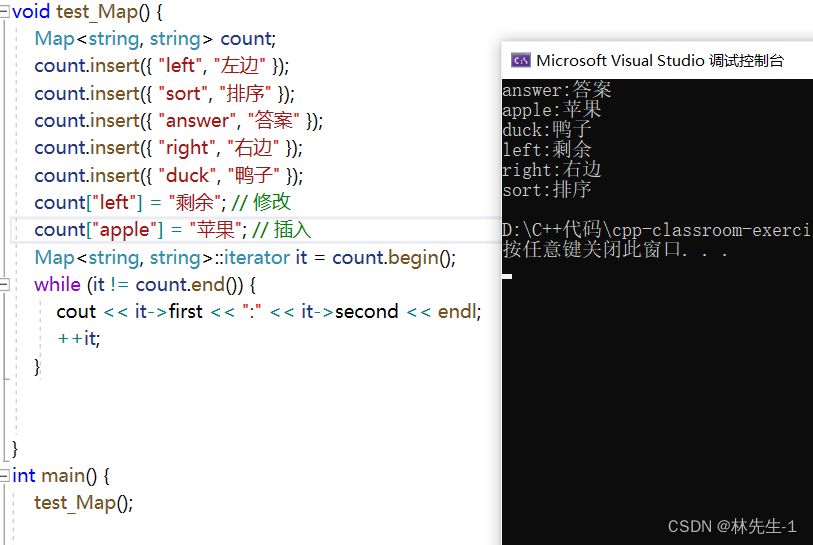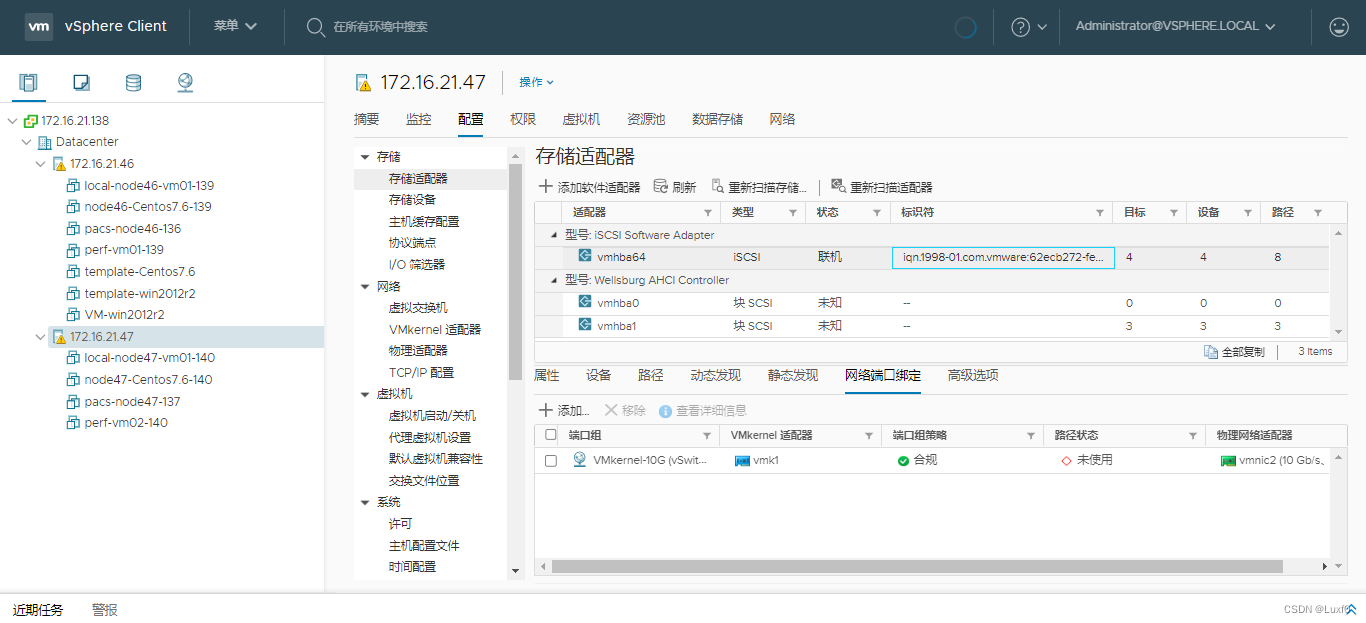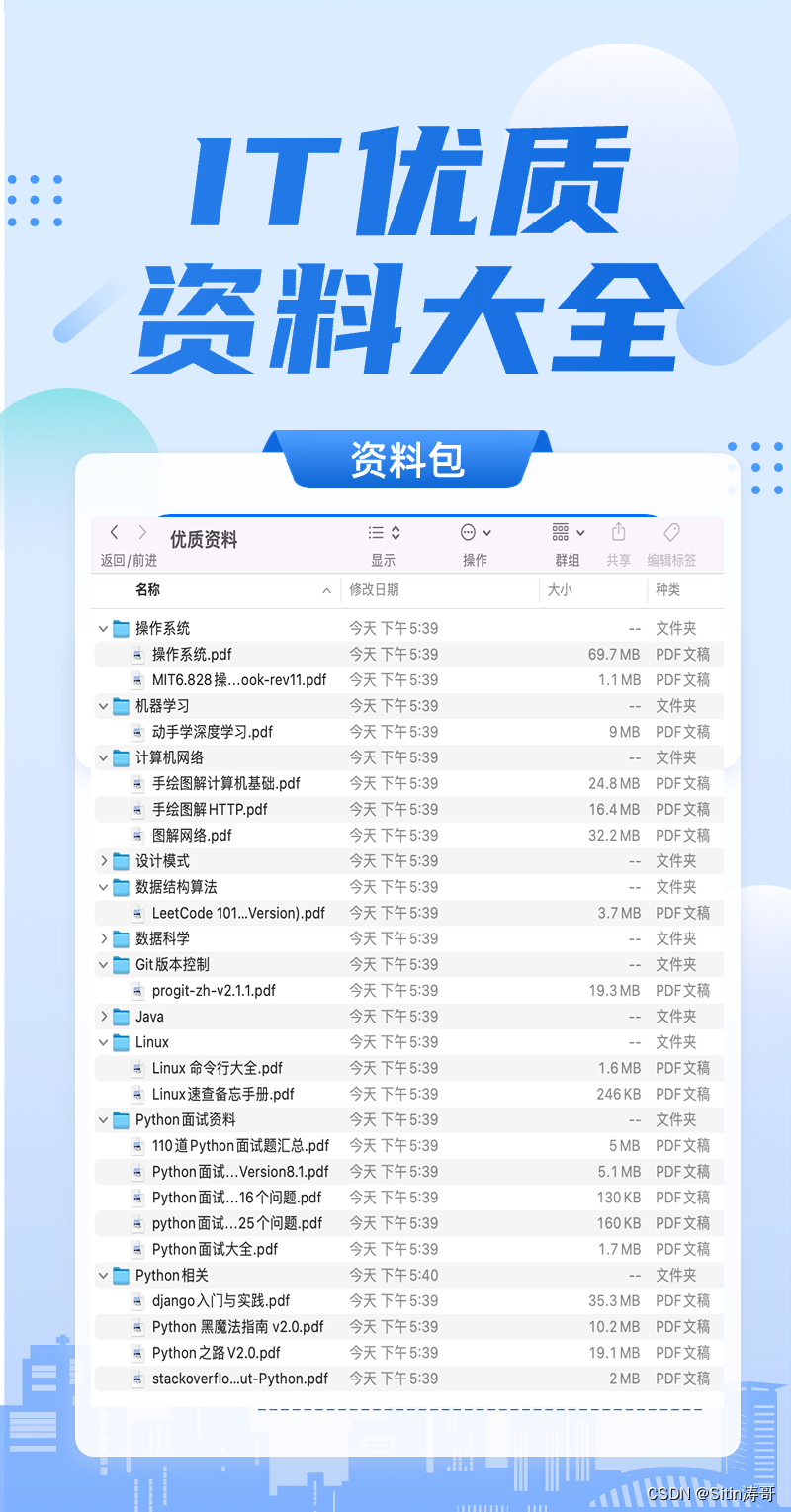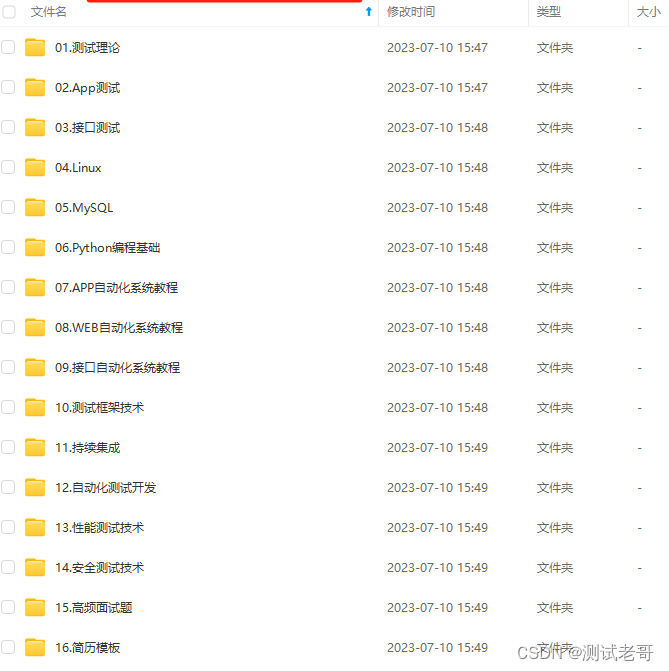43.1. 回顾
1. 把数据库表中查询的结果封装到一个实体类中。
命名规则:类名和表名一致 类中属性和表的字段对应。
表中的一条记录对应实体的一个对象 多条记录→集合
43.2. 正文
目录
43.1. 回顾
43.2. 正文
43.3. 抽取dao公共父类。
43.4. 引入数据源
43.3. 抽取dao公共父类。
通过昨天我们的操作,可以发现dao类中很多方法都有一些相同的内容。那么我们就可以把这些相同的代码抽取到一个公共父类中。只需要这些dao子类继承该父类,子类就无需再写这些公共代码。
public class BaseDao {
//1.相同属性抽取过来
protected Connection conn=null;
protected PreparedStatement ps=null;
protected ResultSet rs=null;
private String url="jdbc:mysql://localhost:3306/myinfo";
private String user="root";
private String password="root";
private static String driverName="com.mysql.cj.jdbc.Driver";
//加载驱动放入静态代码块中--随着类的加载而被加载而且只会加载一次。 静态方法或静态代码只能调用静态成员
static{
try {
Class.forName(driverName);
} catch (ClassNotFoundException e) {
e.printStackTrace();
}
}
//2.获取连接对象
public void getConnection() throws SQLException {
conn = DriverManager.getConnection(url, user, password);
}
//3.关闭资源
public void closeAll(){
//关闭连接数据库的资源
if (rs != null) {
try {
rs.close();
} catch (SQLException throwables) {
throwables.printStackTrace();
}
}
if (ps != null) {
try {
ps.close();
} catch (SQLException throwables) {
throwables.printStackTrace();
}
}
if (conn != null) {
try {
conn.close();
} catch (SQLException throwables) {
throwables.printStackTrace();
}
}
}
}抽象一个公共的增删改方法,
//4. 公共的增删改操作 参数类型不同:Object 参数个数不确定 ...
public int update(String sql,Object... params){
try {
//2. 获取连接数据库的对象
getConnection();
//3. 获取执行sql语句的对象 ?表示占位符
ps = conn.prepareStatement(sql);
//4. 为占位符赋值
for(int i=0;i<params.length;i++) {
ps.setObject(i+1, params[i]);
}
//5. 执行sql语句 把sql执行的结果封装到ResultSet中
int row = ps.executeUpdate();
return row;
} catch (SQLException throwables) {
throwables.printStackTrace();
} finally {
closeAll();
}
return 0;
}
43.4. 引入数据源
数据源就是用来存放连接数据库的对象。也叫数据库连接池。 :
C3P0、DBCP 、BoneCP、Proxool、
DDConnectionBroker、DBPool、
XAPool、Primrose、SmartPool、
MiniConnectionPoolManager
及Druid等。
(1)引入jar包
 (2)修改basedao代码
(2)修改basedao代码
 ↓
↓

上面选择的内容,我们发现写死再代码中,如果未来交付时,需要改为对应客户的信息。需要修改源码--一旦代码写完不允许修改源码。--我们可以把上面这些信息写在属性文件中。 XXX.properties
db.properties
driverClassName=com.mysql.cj.jdbc.Driver
url=jdbc:mysql://localhost:3306/myinfo
username=root
password=root
# 初始化连接数量
initialSize=5
# 最大连接数
maxActive=10
# 最大等待时间
maxWait=3000
注意:名称必须为上面的名称→→ 值可以是你自己
修改baseDao代码
public class BaseDao {
//1.相同属性抽取过来
protected Connection conn=null;
protected PreparedStatement ps=null;
protected ResultSet rs=null;
//硬编码
private static DataSource dataSource=null;
//加载驱动放入静态代码块中--随着类的加载而被加载而且只会加载一次。 静态方法或静态代码只能调用静态成员
static{
try {
//创建一个属性类
Properties prop=new Properties();
//加载属性文件
prop.load(BaseDao.class.getClassLoader().getResourceAsStream("db.properties"));
dataSource= DruidDataSourceFactory.createDataSource(prop);
} catch (Exception e) {
e.printStackTrace();
}
}
//2.获取连接对象
public void getConnection() throws SQLException {
conn = dataSource.getConnection();
}
//4. 公共的增删改操作 参数类型不同:Object 参数个数不确定 ...
public int update(String sql,Object... params){
try {
//2. 获取连接数据库的对象
getConnection();
//3. 获取执行sql语句的对象 ?表示占位符
ps = conn.prepareStatement(sql);
//4. 为占位符赋值
for(int i=0;i<params.length;i++) {
ps.setObject(i+1, params[i]);
}
//5. 执行sql语句 把sql执行的结果封装到ResultSet中
int row = ps.executeUpdate();
return row;
} catch (SQLException throwables) {
throwables.printStackTrace();
} finally {
closeAll();
}
return 0;
}
//3.关闭资源
public void closeAll(){
//关闭连接数据库的资源
if (rs != null) {
try {
rs.close();
} catch (SQLException throwables) {
throwables.printStackTrace();
}
}
if (ps != null) {
try {
ps.close();
} catch (SQLException throwables) {
throwables.printStackTrace();
}
}
if (conn != null) {
try {
conn.close();
} catch (SQLException throwables) {
throwables.printStackTrace();
}
}
}
}

